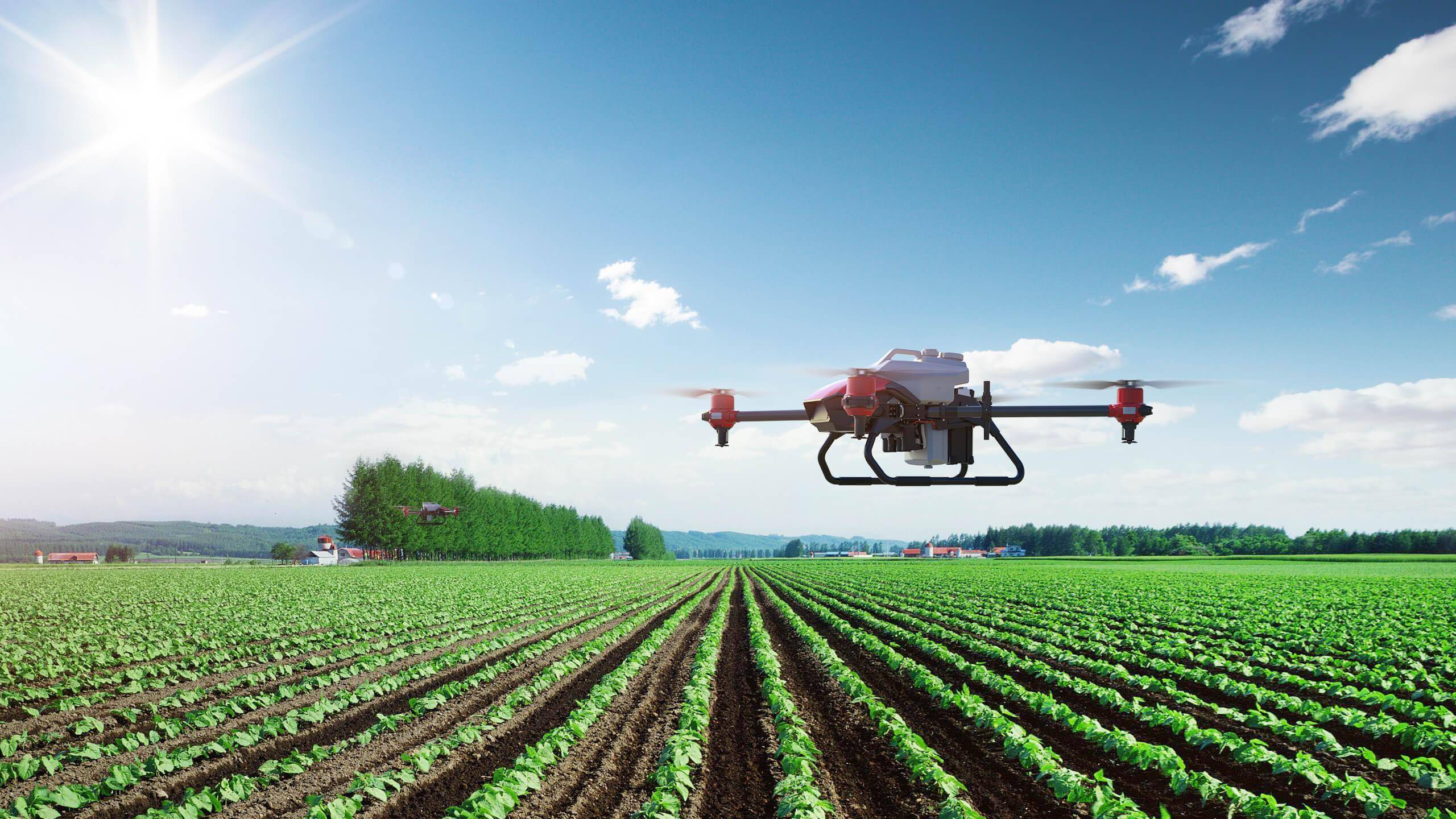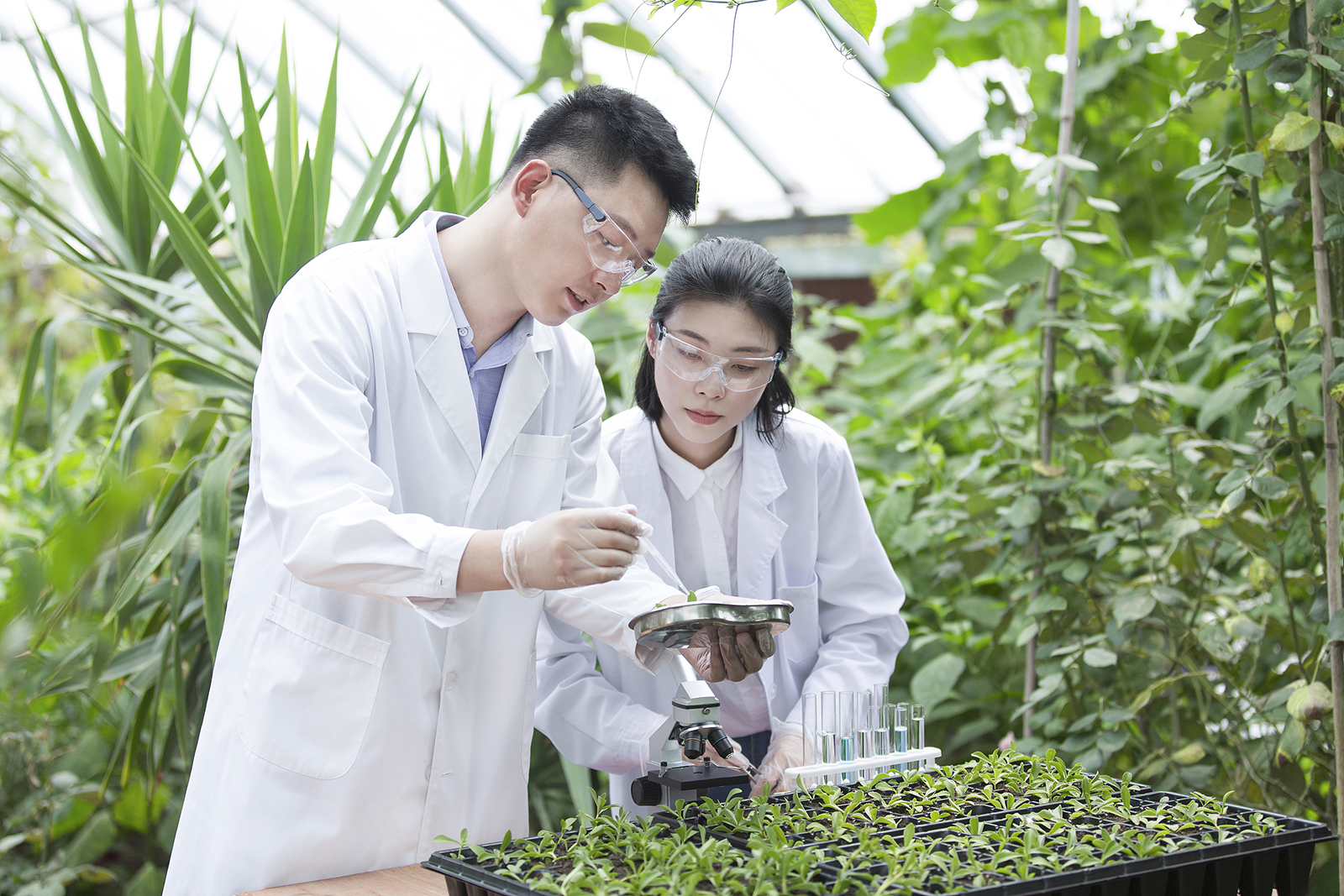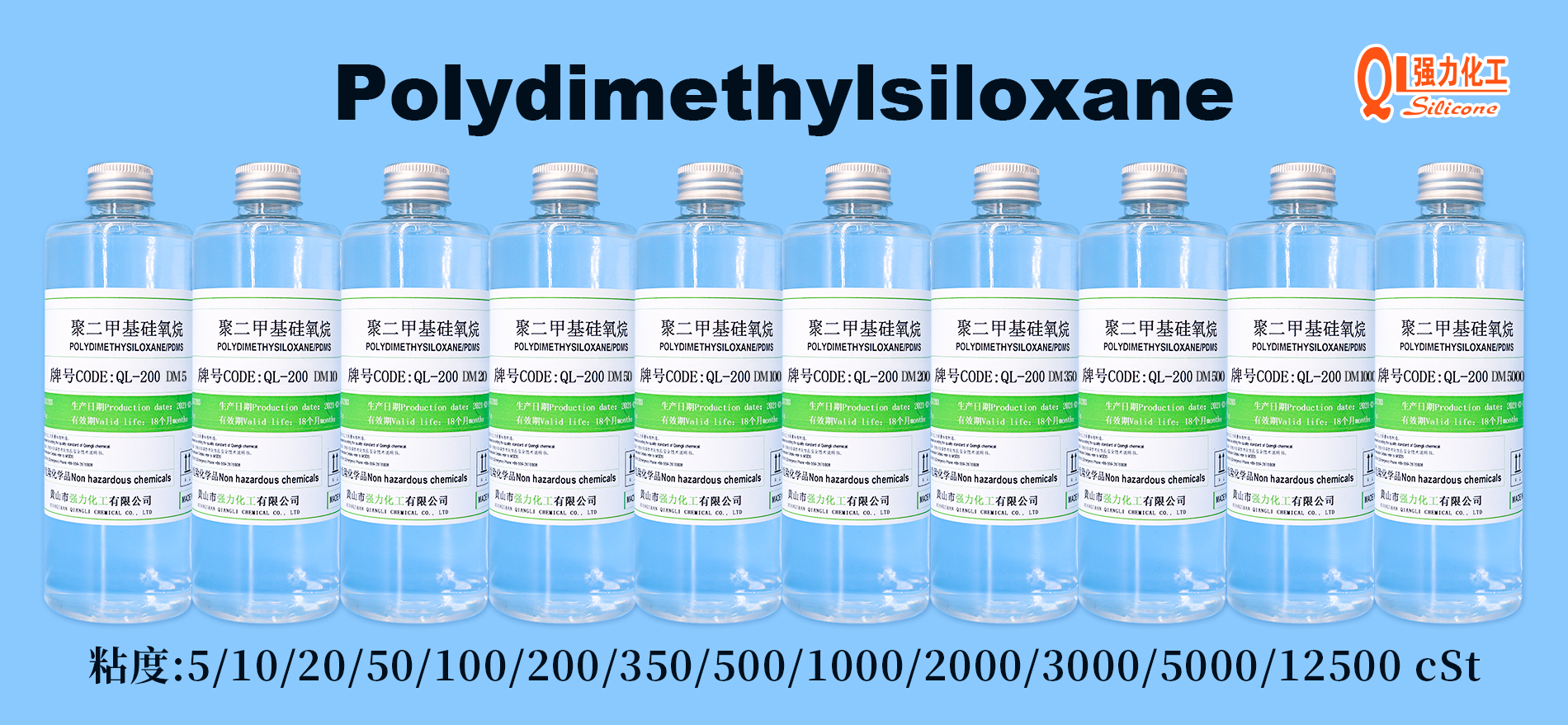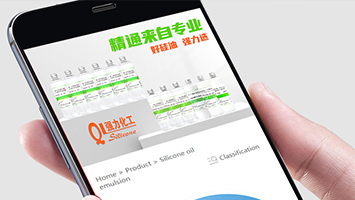Agricultural silicones are widely used in the spray of agricultural chemicals such as insecticides, fungicides, herbicides, foliar fertilizers, plant growth regulators, trace elements and biopesticides.

Agricultural silicone is a polyether-modified special silicone surfactant. It has low surface tension, spreadability, permeability and emulsification and dispersion, and is easily soluble in methanol, isopropyl alcohol, acetone, xylene and methylene chloride.
The unique T-shaped umbrella structure of agricultural silicone has excellent interface performance. It can greatly reduce the surface tension of water, quickly moisten the surface of plant leaves and insect bodies, and promote the rapid expansion, penetration, absorption, and control of active ingredients. Water efficiency increases, saving money and effort. Adding this product before spraying can reduce the surface tension of water to below 21mN/m? The mist droplets can moisten almost all plant leaves, with extremely strong penetration and resistance to rain erosion, saving 30% to 50% of pesticide usage; plant growth regulators and foliar spray fertilizers can quickly expand, penetrate, and be absorbed by plant leaves Absorbed through surface stomata; insecticides and fungicides can spread on the leaf surface, moisten and penetrate the waxy epidermis of pests, and kill adult insects and eggs by contact.
Agricultural silicone wetting synergist is a low molecular weight non-ionic polyether modified silicone surfactant that can significantly improve the wetting, ductility and permeability of pesticides. When used in pesticide formulations or as foliar pesticide mixtures, according to 40CFR 180.1001 regulations, the main component of low-viscosity polyether-modified silicone liquid should be used to improve the performance of pesticides, especially for water-soluble broad leaves. Herbicides, insecticides, fungicides and plant growth regulators.

Performance characteristics
Compared with traditional nonionic surfactants, silicone can significantly reduce the surface tension of water-based pesticides. At a concentration of 0.01%, Agricultural Silicone Wetting Booster can reduce the surface tension to 22 dynes/cm, which allows the pesticide to quickly wet and spread quickly on the surface of difficult-to-wet leaves such as waxy leaves. In addition to the advantages of rapid wetting and diffusion of herbicides, insecticides, fungicides and other agricultural chemicals, agricultural silicone wetting synergists can also significantly improve the absorption capacity of pesticides by plant tissues.
Adding EW-116 agricultural silicone wetting synergist to various herbicide mixtures can significantly enhance its efficacy, especially when using water-based herbicides to clear broadleaf weeds. The effect is better due to rapid absorption. "Rain resistance" occurs because the herbicide has penetrated into the surface of the plant and is not easily washed away by rain. Instructions ? Used as a raw material in pesticide formulations EW-116 agricultural silicone wetting synergist can be used as an ingredient in a formulation, but all ingredients must be compatible. EW-116 agricultural silicone wetting synergist is stable in neutral (PH=7) aqueous formulations, but will hydrolyze slowly in acidic and alkaline formulations. New product formulations should undergo comprehensive performance and shelf stability testing before being released to the market. It is not subject to contaminant tolerance limits.
Used as raw materials in pesticide formulations Agricultural silicone wetting synergists can be used as ingredients in formulations, but all ingredients must be compatible. Agricultural silicone wetting synergists are stable in neutral (PH=7) aqueous formulations but will hydrolyze slowly in acidic and alkaline formulations. New product formulations should undergo comprehensive performance and shelf stability testing before being released to the market. As a pesticide mixture, agricultural silicone wetting synergists can be added to the mixing tank to improve the biological properties of the spray solution. In herbicides, the dosage of agricultural silicone wetting synergist is added per 100 kilograms (100g-400g). The dosage in pesticides and fungicides is 25g-150g per 100 kilograms. A small area test should be carried out before use to ensure that crops will not be harmed. When using pesticides, follow the manufacturer's product instructions.
Technical indicators
In traditional pesticide spraying, only 20 to 30% of the pesticide solution can be stored on the leaves of crops, and 70 to 80% of the pesticide is lost to the soil and atmospheric environment, which not only increases pesticide residues, but also pollutes the environment and wastes water. resource. Therefore, scientists are trying to find a more efficient auxiliary that can make more pesticides stay on the leaves and spread them quickly. Then, with only a small amount of spray, the pesticides can be exposed more quickly and effectively. Invading enemies. After unremitting efforts and experiments, scientists finally developed agricultural silicone additives. Agricultural silicone additives have the following effects:
1. Quickly moisten the crops and greatly improve the efficacy. This can be reflected in the following examples: Rice leaf roller is a rice pest. In order to escape the pesticide spray, this guy worked tirelessly to spin out silk threads and carefully weave a safe fortress for itself. The silk threads are like buttons, closing and rolling the leaves, and the rice leaf roller hides in this fortress. Then, he sucked the juice from the leaves from the inside out. Unexpectedly, with such good intentions, he was easily taken down by the all-pervasive magical silicone additive. The liquid spread rapidly, penetrated into the cracks and entered the fortress, feeding the rice. The leaf-roller moth comes to catch turtles in an urn. In the field, 48% dichlorpyrifos EC is used to prevent rice leaf rollers, and the water consumption per acre is more than 45 kilograms. By adding 0.05% silicone additive to the liquid, the ideal insecticidal effect and liquid retention effect can be achieved with only 15 kilograms of water per acre. In this way, both water resources and workload are saved. Therefore, farmer friends must remember that after adding silicone additives, there is no need to spray repeatedly as in the past, otherwise it will be counterproductive and a waste of manpower and material resources.
2. Super penetration, allowing the drug to quickly reach the target. In nature, many plant leaves have a thick layer of wax, which makes it difficult for medicinal solutions to adhere to them. The special structure of some leaves, such as lotus leaves, taro leaves, etc., makes it almost difficult for water to stay. Pests often go to great lengths to avoid being hunted. Look, this cabbage is not damaged on the surface, but when you break open the leaves, you can see that the inside has been badly eaten by diamondback moths. The cunning diamondback moth gnaws at the vegetable leaves, but it does not bite through them, but leaves a thin layer of skin, like a safe umbrella, protecting them underneath. So, is there any trick for silicone to deal with the waxy layer on leaves? Something gratifying happened again. There are no water droplets formed on the leaves. The super spreadability of silicone allows the liquid to spread freely even on waxy leaves.
Look, none of the diamondback moths that were eating the leaves survived. Field experiments have shown that adding 0.03% to 0.05% (2000 to 3000 times) of silicone additives to pesticides for controlling diamondback moth can not only reduce the amount of spray but also appropriately reduce the amount of pesticides when the control effect is equivalent. This effectively reduces pesticide residues in vegetables. Silicone additives can also promote the rapid absorption of pesticides through the pores on plant leaves. We used water to simulate rainwater flushing. On the left, the chemical solution with silicone additives added has partially entered the leaves, while on the right, the ordinary chemical solution that failed to enter the leaves was quickly washed away. It has been found that the addition of silicone additives can improve the reliability of the use of systemic agents. During the rainy season, reduce losses caused by repeated spraying. The permeability of silicone can also be used to deal with pests that have a waxy layer that is not easily wetted by the chemical solution. In fact, the role of silicone goes far beyond that. It can be used as an efficient auxiliary and is widely used in agricultural applications such as pesticides, fungicides, herbicides, foliar fertilizers, plant growth regulators, trace elements, and biopesticides. Chemical spray.
It achieves the purpose of increasing efficiency, saving water, saving labor and pesticides, reducing pesticide loss and reducing pesticide residues. What proportion should be used for such magical silicone additives? Here, we would like to ask everyone to remember the following set of numbers: Pesticides 0.025~0.1% (1000~4000 times) Fungicides 0.015~0.05% (2000~7000 times) Herbicides 0.025~0.15% (700~4000 times) times) Plant growth regulator 0.025~0.05% (2000~4000 times) Fertilizer and trace elements 0.015~0.1% (1000~7000 times) In the pastoral war without smoke, silicone is like a magical and powerful new style Weapons have greatly helped farmers increase production and income. However, when using this new weapon, there are a few points that need to be paid special attention to.
ˆ
First, it is prepared and used immediately, and the prepared medicinal solution should be used up as soon as possible.
Second, reduce the water consumption for spraying and speed up the spraying speed appropriately. Third, when spraying, you should wear protective equipment in accordance with the requirements for using pesticides, and pay special attention to eye protection. The traditional spray method uses about 40 to 50 kilograms of water per acre, and fruit trees need double the water. After using a small amount of silicone additives, it can be reduced to 15 to 20 kilograms per mu. If combined with low-volume spray technology, water consumption per acre can be reduced to 5 to 10 kilograms.
Appearance: Colorless or light yellow transparent liquid Viscosity (25℃): 30—100mPa.s
Active ingredients: 100%
Applications
1. Used in water-based coatings, water-based inks, water-based adhesives, solvent-based iron printing inks, glass coatings, and pigment concentrated pastes.
2. Used as a pesticide spreading agent, and can be widely used in the spray of pesticides, fungicides, herbicides, foliar fertilizers, plant growth regulators, trace elements and biopesticides and other agricultural chemicals. It achieves the purpose of increasing efficiency, saving water, saving labor and pesticides, reducing pesticide loss and reducing pesticide residues. It is recommended to use a low-flow high-pressure sprayer with a fine nozzle to achieve better savings.
Dosage
For inks and coatings, the wetting agent is generally 0.1-1.0%, the pigment dispersion is 2-10%, and the pesticide spreading agent is 0.2-0.5%. It can be added directly as a wetting and spreading agent, while the dispersing agent needs to be added before grinding the pigment. Add to.




